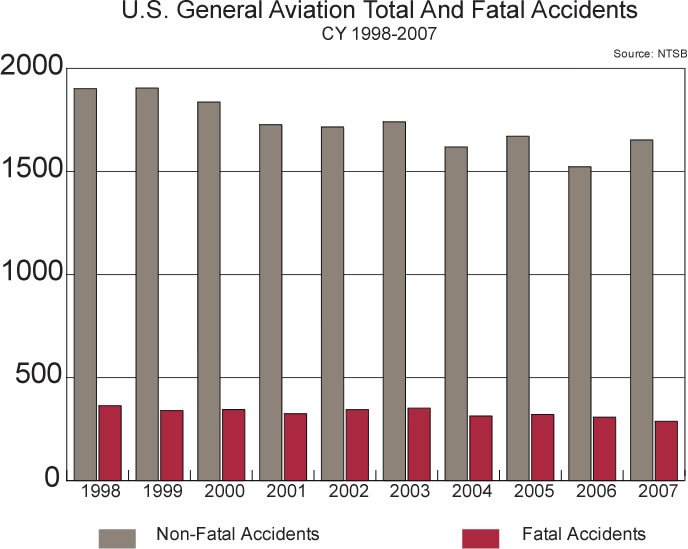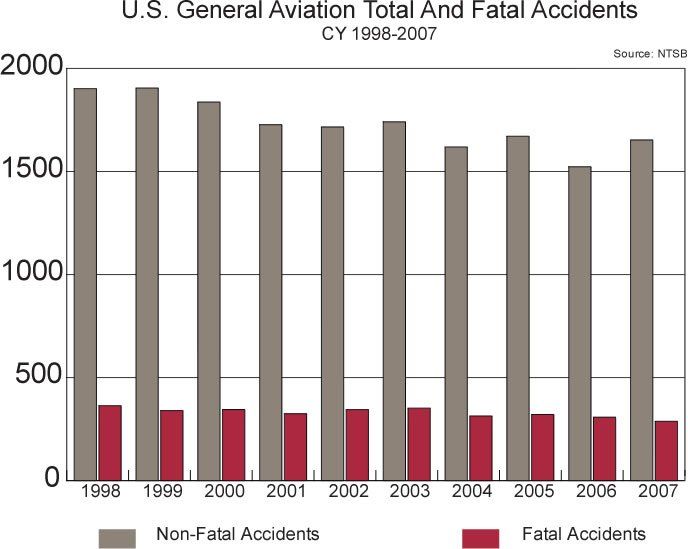Every month I read and digest the NTSB reports in Aviation Safety with a knot in my stomach. Like most pilots, I recognize and value the opportunity to learn from the circumstances that result in so many unfortunate outcomes.

While I will continue to appreciate your reporting of these often-tragic events, I wanted to point out how much I enjoyed Amy Laboda’s article, “Making Your Own Luck,” in your January 2015 issue. If possible, I think you should print a monthly column that focuses on the excellent planning and decisions that lead to pilots safely and effectively overcoming an emergency situation.
While we should continue to learn from the mistakes of others, we should also learn to emulate those who have done it right!
Ward Sparacio
Via email
Thanks for the suggestion! We’ll look into it.
GIGO?
There seems to be something terribly, terribly wrong with your February 2015 issue’s cover article (“Young? Or Old?”). I’m wondering how it ever got past your editors, and whether you’re getting similar feedback from other readers. The consequences of your inferences are dangerous. Downright dangerous.
First, the article appears to reflect some extremely perverted manipulation of statistics, and faulty inferences regarding age and performance safety. For example, the author’s use of the “mean” or “average” age data as used in this context would seem totally inappropriate and meaningless. In order for his initial hypothesis to be even conceivable, virtually all CFIs in the “study” would have to be between the ages of 20 and 25. Alternatively, you would need to have over half of the instructors teaching be infants, young children and teenagers, to balance out the distribution curve with all the instructors between 25 and 65.
My own guess is that the younger, “millennial” instructors having a much lower accident rate has nothing to do with their age or “generation,” but is because they are flying many hours every month, in a structured, institutional teaching environment. They are serious about flying, they are very “current,” and they presumably are being supervised and mentored daily by more highly seasoned pilots with experience.
The older guys, in contrast, hardly ever fly as instructors. It has nothing to do with age—it’s just that they’re rusty at instructing. Some may be very current and confident in active corporate or airline jobs, but there’s an enormous gap between flying as a pilot, and teaching as an instructor as far as currency goes. It’s a difficult transition to make. I can “do” it just fine, but explaining to someone else what I am “doing,” and why, is a whole different level of communication skill and concentration.
All things being equal, you’d want a highly seasoned and experienced instructor, which means a more mature instructor, who flies as an instructor very frequently, in a structured environment where he or she can stay sharp with the instructor/student dynamics, and keep up to date on the latest changes as well.
As very serious safety awareness factor, my own experience with the younger ones, overall, is that relatively speaking, without a lot of good, adult supervision, they are stupid. Just, plain stupid.
Seriously.
I know, because I used to be one.
Or, as it is written, ” There are old pilots, and there are bold pilots, but….”
Jim Johnson
Palmdale, Calif.
As we noted in a sidebar accompanying that article, the data raise many questions: “Might young instructors be more prone to stalling, failing to follow checklists or prove unable to handle a mechanical failure?” and, “Are specific types of instruction are more or less likely to end in an accident? Are older, more-experienced CFIs more or less likely to engage in advanced instruction than their younger and less-experienced colleagues?” We’ll try to answer these and other questions in an upcoming look at additional data.




